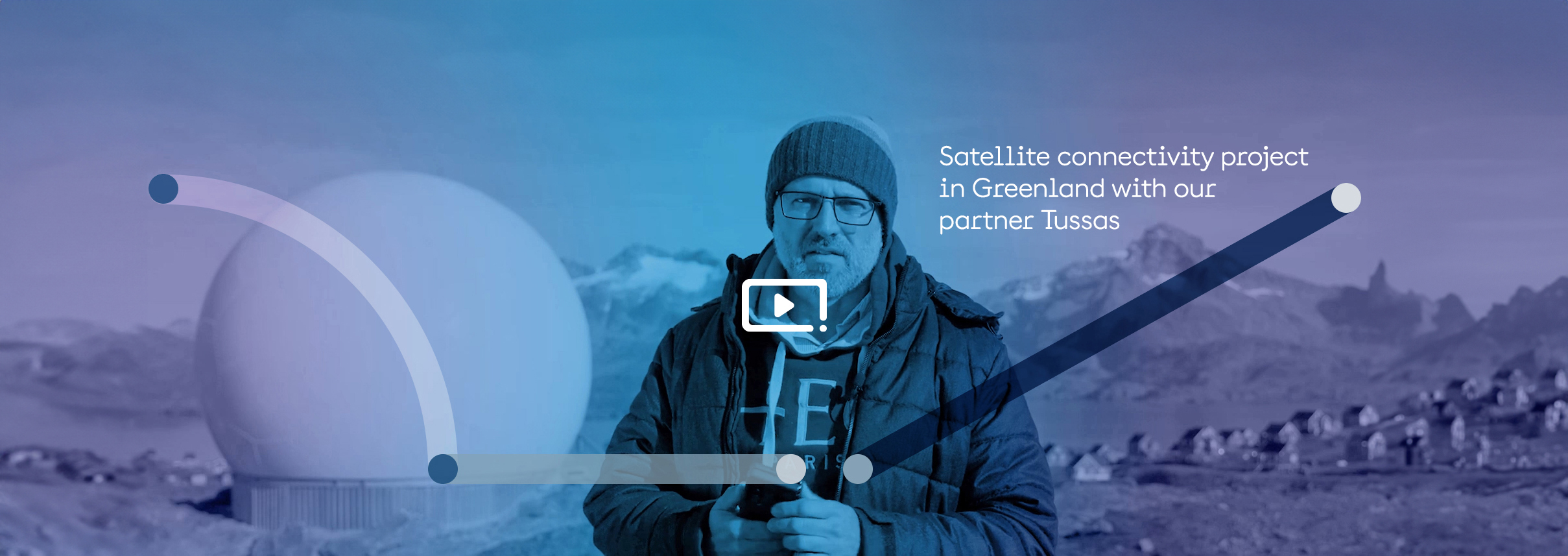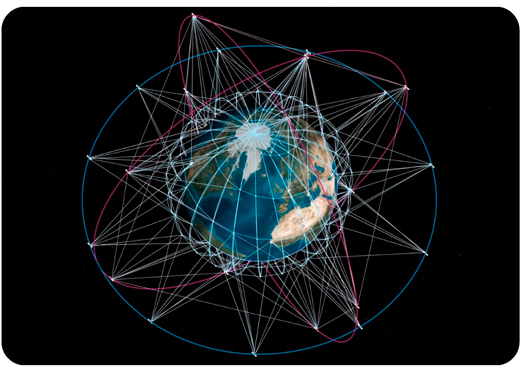Launch of Amazonas Nexus
On February 7, 2023, Hispasat opened a new era in satellite communications with the launch of the Amazonas Nexus. This high-performance satellite offers high-speed internet access throughout the American continent, the northern and southern corridors of the Atlantic, and points as remote as Greenland and the Amazon rainforest. It was specially designed to offer high-quality connectivity on planes and ships and effectively contribute to reducing the digital divide in Latin America in an agile and efficient way.
The launch took place from Space Launch Complex 40 (SLC-40) of the US Space Force station in Cape Canaveral (Florida) using a Falcon 9 rocket from the SpaceX company.
Furthermore, with this operation, Hispasat becomes the first satellite operator in the world to offset the carbon footprint derived from the entire launch process. This action was carried out through Sylvestris with the planting of a forest in Cadalso de los Vidrios (Madrid) and is part of the sustainability commitment assumed by Redeia in all its activities.

New technology
This new satellite represents a technological advance that reinforces Hispasat’s position at the forefront of the satellite industry. The Amazonas Nexus, built on Thales Alenia Space’s Spacebus NEO platform, features a state-of-the-art Digital Transparent Processor (DTP). It allows communications to be established with a single hop throughout its coverage area and provides maximum flexibility that will facilitate its adaptation to changes that occur in the demand for services throughout its more than 15 years of useful life.
Given its multipoint architecture, the Amazonas Nexus can reuse the transmission frequency and, therefore, increase its performance in orbit. In addition, it is an electrically powered satellite, so it is lighter (4.1 tons of launch mass) and reduces the costs of putting it into orbit, although this prolonged its arrival in geostationary orbit. After carrying out the last tests in orbit, the satellite was located in its final position at 61º West and entered service in July 2023.
The Amazonas Nexus was manufactured at the Thales Alenia Space facilities in Cannes (France) and has significant participation from the Spanish aerospace industry through companies such as Thales Alenia Space Spain, Sener, GMV or Aicox, among others.
Economic profitability
The new satellite project has been carried out with an investment of around 300 million euros, which began to be recovered from the moment its operations began. Since the launch of this project, Hispasat has reached several commercial agreements for the long-term leasing of 60% of the capacity of the Amazonas Nexus with operators and service providers in the government sphere, as well as in that of connectivity for the aviation sector and in remote environments.
In this way, the Nexus carries the Greensat cargo for Tusass; the national communications company of Greenland. This mission provides Internet access services to all remote cities and towns in northern and eastern Greenland that already had satellite service; as well as corporate solutions for mining companies and support for the restoration of communication services in case of emergency.
This new satellite also incorporates for Artel the Pathfinder 2 mission of the US Space Force, which includes rigorous levels of protection that meet the high security requirements demanded by the Department of Defense. For greater guarantee, the Amazonas Nexus is equipped with the advanced CNSSP-12 encryption system for telemetry and remote control, which makes it much more secure and suitable for critical missions.
In addition, Hispasat provides Intelsat with several gigahertz of Ku-band capacity on board the Amazonas Nexus to provide air connectivity services in the Americas and the Atlantic region.







